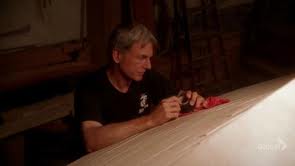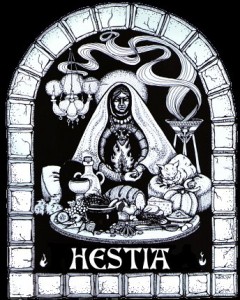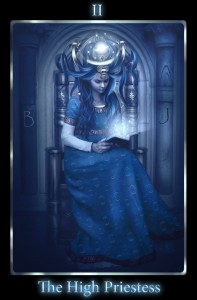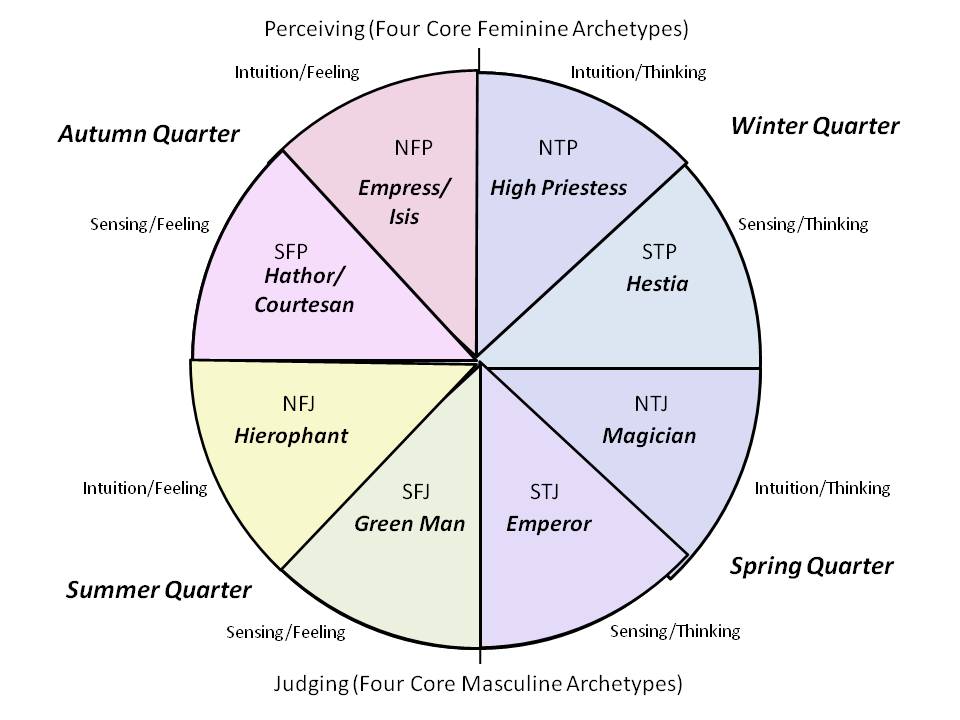Practical Archetypes – Identifying Your Archetypal Roles Over Time
Yesterday was a great, big, huge turning point.
For the first time in weeks – months – maybe even years (ok, that latter is a little exaggeration), I spent most of the day on the phone, setting up the next big event, which is actually going to be a “video project.”
Connecting with people again felt good – very good.
And because I’ve spent the last three years self-training on archetypes, and figuring out more about how and where they not just show up, but interact with each other (this is real important!), I was able to do a little after-the-day analysis of what was going on.
What I found was emergence of a skill set that I’d had before, but it was coming out much more refined, evolved, and – simply put – just very useful. Useful to me; useful to others.
This is the kind of high-level skill set that will help me take my business to a new level. More than that, it’s helping me to take other people’s businesses to new levels. (That’s why I was on the phone so long.)
More than that, this new emerging skill-set – very much tied in with archetypal integration – is practical, and can be both taught and coached. This means that you, reading this blog right now, will pick up some useful pointers on how to apply the very same skills to your life.
The results?
Better abilities to help others solve their problems.
This means: Stronger allies. Stronger relationships. Positioning yourself as a “guru to the gurus.”
And all of this can lead to stronger positioning for yourself, in whatever field you may be.
But before I dive in, let me share a bit of background.
This has been a tough year. And during the course of this year, I’ve observed myself use various archetypes as I’ve dealt with different challenges. Each archetype brought with it – not just a skill-set – but a survival strategy.
Here’s how it all started.
Losses and Transitions Trigger Hestia
My daddy died this last November.
I had no idea how hard the grief would hit me, but it was physical as well as emotional.
My energy was low, and my mind was disheveled.
It was months before I could do simple cognitive tasks again – such as balance a checkbook, handle emails (except in the most cursory manner), or blog.
In the first three months after my daddy’s death, I did actually write a few blogs – perhaps one per month – but that was all that I could do.
What I did do was to tap into my Hestia archetype.
For months, I cleaned and painted.
Not the “vacuum through” kind of cleaning, but the sort of deep-cleaning that is almost trance-state; the kind that goes into deep, forgotten corners, and just lets cleaning that one little spot become (temporarily) my world.
“Wax on, wax off,” as Mr. Miyagi had said, in the Karate Kid.
During that time, I learned (once again) the power of Hestia, in helping us deal with transitions. A move. A death or divorce. Recovery from any kind of grief or loss or major life-upheaval.
Hestia calms the soul, smooths the nerves, and brings a sense of order back to both our physical realms and our minds.
Our Hestia archetype is not one of our “core power archetypes.” She doesn’t hold a seat on our internal “Board of Directors.”
Rather, Hestia is the archetype on which we call when the company that we’ve founded has been dissolved, and there is no longer any Board. When our lives have been hit by hurricane-force winds, and all that we can do is start the reconstruction process.
Hestia is the Gateway for Sustained High Priestess
Hestia – through keeping focused on continuous physical actions – helps us center enough so that her ally and friend, the High Priestess, can show up.
Our inner High Priestess archetype is introspective. A brief (and too limited) description of her would be that she is our “inner wisdom” archetype.
But that’s too simplistic.
To get a better understanding, let’s have a look at the Jungian-based archetypal diagram.
In the top half of this chart are all of our feminine archetypes, and in the lower half, the masculine.
The feminine archetypes all are what Jung described as being “Perceiving,” and the masculine are all “Judging.” As a reminder, this is not to say that men are more “judging” of others than are women. Rather, this refers to a desire to “come to closure.” The “Judging” archetypal modes are all those that like to get tasks done; they all like to “cross things off the list.”
The “Perceiving” archetypes are all open-ended; they’re much more about process than results.
Men are from Mars, Women are from Venus, as John Grey would say. Or, as authors Bill and Pam Farrell would put it, Men Are Like Waffles–Women Are Like Spaghetti.
Simplistic, yes. But the value is in the simplicity.
So, we take a look at the chart above.
Our Hestia and High Priestess are sisters. They differ ONLY in that the High Priestess is Intuitive, and Hestia is Sensing. (These are terms coined by Swiss psychologist Carl Jung when he formed his Psychological Types theory; the terms were later adopted when Myers and Briggs put together the Myers-Briggs (Psychological) Type Inventory, or the MBTI).
I’ve placed these archetypes in the seasonal quarters to help us study them in an orderly manner.
It’s no coincidence, though, that the High Priestess appears right after Winter Solstice; a time when we are naturally introverted – when our tendency is to sit by the fire and look into the flames; to let our minds disassociate from daily concerns and simply be open to whatever comes.
In mid-winter, about early February (marked by Candlemas), we begin to stir ourselves – both physically and psychologically. We invoke our Hestia mode, and start to clean house. We go through our paperwork, and do our taxes. We organize things and get rid of clutter. Our momentum for this increases as we get closer to spring; the proverbial “spring cleaning.”
Hestia’s focus is on the physical processes of “mending,” – part of the “mend, tend, befriend” behavior pattern that Dr. Shelley Taylor identified for women in The Tending Instinct: Women, Men, and the Biology of Relationships. Hestia is also “tending” – more of physical things (the proverbial “hearthfire”) than of children – but “keeping the home fires burning” is important to nurturing people.
The important thing here is that, while we need to access our High Priestess mode to get wisdom, we are often too action-oriented. But by accessing our Hestia mode (“wax on, wax off”), we get calm enough for long enough so that our High Priestess’s inner wisdom can emerge. Or, if our lives have taken a total trashing, the inner healing and “mending” of our psyches can begin.

Leroy Jethro Gibbs, of the TV Series NCIS, builds boats by hand to clear his mind when under stress.
Men need their Hestia as much as do women.
Remember Jethro Gibbs, from the long-running TV series NCIS?
When under stress, he works on his boat. Building it by hand, step-by-step, no power tools.
His boat-building is how he accesses his inner Hestia. Then he gets insights; his High Priestess guides him on what to do next.
But, no matter how long the winter – or how devastating the life challenge – we eventually move on.
In my case, I became slowly more able to deal with everyday life, and with my “usual work.” I didn’t need to immerse myself into deep-cleaning a closet in order to get through the day.
Spring was starting, the squirrels were chasing each other, and when I went out for my morning walk, I saw robins busily pecking for earthworms in a neighbor’s mulched garden beds.
High Priestess Leads to Hestia; Hestia Leads to Magician – Evolving Archetypes in Our Lives
With spring, my energy began building once again. I switched from housework to long walks, and resumed my regular yoga/core training schedule.
With all the contemplation that the High Priestess and Hestia had brought, I was ready to take on the world once again – and ready to rebuild my business.
But things were different this time; I’d learned some potent lessons during my grief and the High Priestess / Hestia stage of winter.
{To Be Continued}



